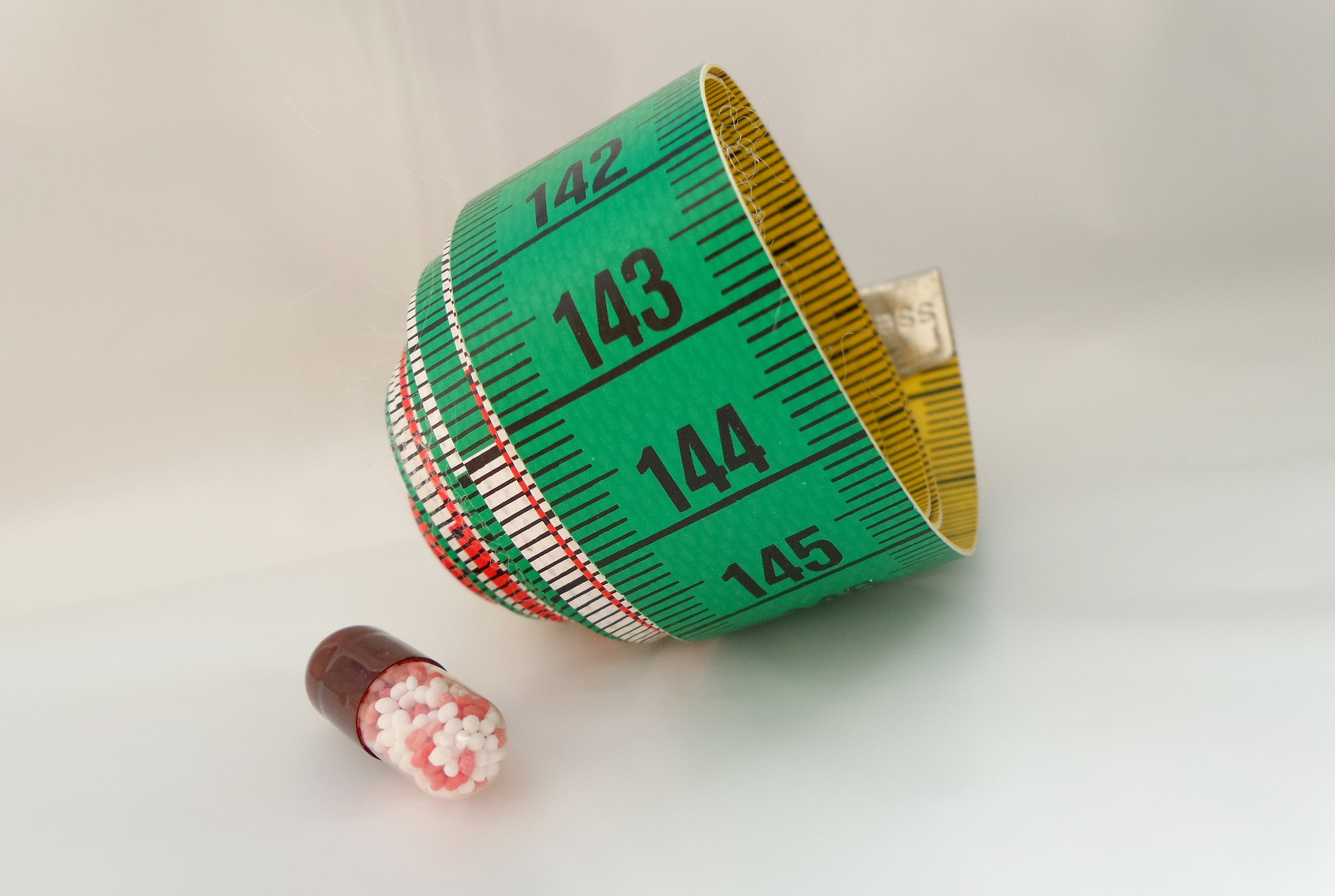This article will discuss eating disorders and addiction- please read with discretion.
Heroin chic was popularised in the 1990s, characterised by pale skin, dark under eyes and emancipated features. The style encouraged substance abuse to achieve a skeletal body.
Unsurprisingly, many of the models struggled with addiction and eating disorders due to the pressured enforced upon them. And the perpetuation of their images to the general public led to an increase in bulimia and anorexia among the public as well.
The style served to control women. The pressure to lose weight through any means possible led to extreme methods like substance abuse. Women were exhausted and took up less physical space meaning that men were allocated yet more political and social space.
This style is now being brought back. The New York Post featured a celebratory tweet welcoming heroin chic back completely ignoring the havoc it wreaked last time. This is absolutely terrifying. Actor Jameela Jamil has spoken out about it, stating that “They’re not even interested in you looking like a naturally skinny or athletic person. They want you to look like you have dark circles under your eyes, like you’re dying.” It seems to be a backlash from those that control fashion against the body positivity movement, serving to silence feminist movements. The introduction of heroin chic seems timely: following the recent horrors of Roe v. Wade and the terrifying events occurring in Iran the trend seems to be removing yet more power from women.
The female body has been treated as a fashion trend for hundreds of years: from the desired androgynous look in the 1920s, to the Brazilian butt lift trends of the 2010s. The female body has been cycled through every possible look. Enough is enough.
With every ‘new’ look, women are expected to change their bodies to how it has been decided they should look each season. The constant changing of expectations means that even within one’s own body there is no stability, no safety. Your body might be socially perfect one day and then the opposite of beauty the next. To try to remain socially acceptable is a never-ending cycle of torture.
Beauty is very much created by society – there is no one standard of beauty. ‘Beauty’ can change at the will of advertising meaning there is no pre-conceived idea of what is beautiful. We can look for the positives in the cycle of body trends. We can see it as a signifier that your body is beautiful just how it is, because I can guarantee that at some point it will have been the pinnacle of beauty. Let’s stop letting a few rich people decide what beauty is.
